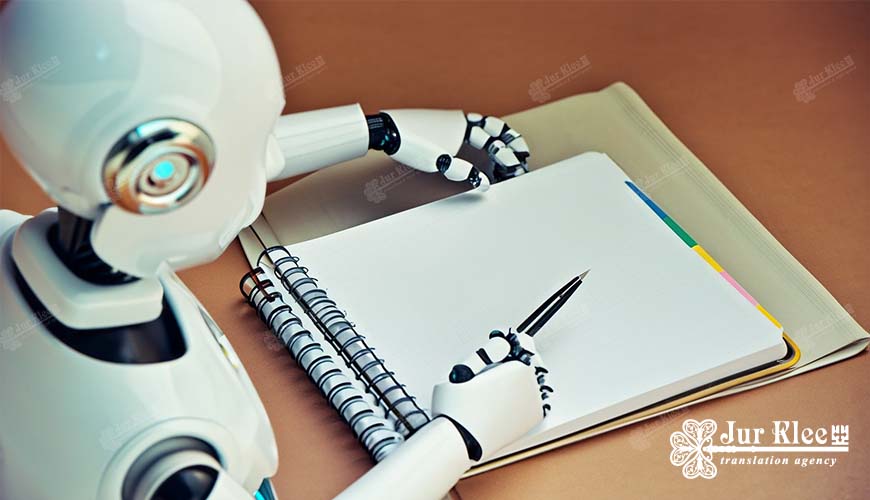
AI and Language Barriers
There has been continuous development in the field of artificial intelligence (AI) since its appearance in science fiction. We all remember the famous AI movie characters: HAL 9000 from "2001: A Space Odyssey", C-3PO from "Star Wars" and Samantha from the movie "Her". Science fiction literature is also full of such heroes, written by authors such as Philip K. Dick, William Gibson and Isaac Asimov. It seems that there is no author in the genre of fiction who would not touch on this issue.
However, although many sci-fi predictions have already become reality, it seems that AI is still far from being fully realized. We are still not close to developing such a level of artificial intelligence, which was presented in these works.
We seem to have been waiting for this moment for ages. Today we can communicate with Siri, Google or Cortana by asking simple questions and getting answers. But everyone who used this technology sooner or later faced disappointment. At the time of Siri's appearance, we imagined that this was the future, but now most of us use it only to search for information on Google or perform simple tasks such as setting a timer.
The key problem why these programs still don't meet our expectations is the language. This is where natural language processing (NLP) comes into play. AI is able to understand and answer simple language queries, but is limited to a literal understanding of questions. While a computer may know the definitions of words, it does not understand their meaning in a broader context.
In the field of technology and science fiction, the Turing Test is a well-known benchmark. Alan Turing, one of the pioneers of AI research, was confident that we could create a machine capable of thinking on a par with humans. He proposed a simple experiment: if during a dialogue a person cannot determine whether he is communicating with a machine or a live companion, then the machine has reached the level of human intelligence.
The Turing test, although more complex in reality, is still an actual measure of success in the field of natural language processing (NLP). If a machine is capable of thinking like a human, it is also capable of understanding language like a human. Given the complexity of our brain, this is a truly remarkable achievement.
Do we need Android poets?
Scarlett Johansson in the film "Her" perfectly illustrates the capabilities of AI in understanding language. Her character easily understands Theo, the character of Joaquin Phoenix. Sometimes she has to explain something, but as soon as she hears an explanation, she instantly understands and remembers it, just as a person would do.
Another impressive form of AI is presented in the movie "Blade Runner" - replicants. They are not only fluent in language, but also expressed poetically. Remember the famous quote of the replicant Roy Batty:
"I've seen things you people wouldn't believe. Attack ships on fire off the shoulder of Orion. I watched C-beams glitter in the dark near the Tannhäuser Gate. All those moments will be lost in time, like tears in rain. Time to die."
The quote is known for its emotionality and depth. But do we need android poets? An interesting question for science fiction, but there is no denying that Roy is a master of language and knows how to evoke emotions with his own words.
Such AI images have been present in science fiction for decades, but we still have not been able to make them a reality. The more we learn about creating AI and NLP, the more we realize how little we know. And the question here is much deeper: we know practically nothing about the human brain. We can't create a machine that thinks like a human, because we don't even know how humans think.
